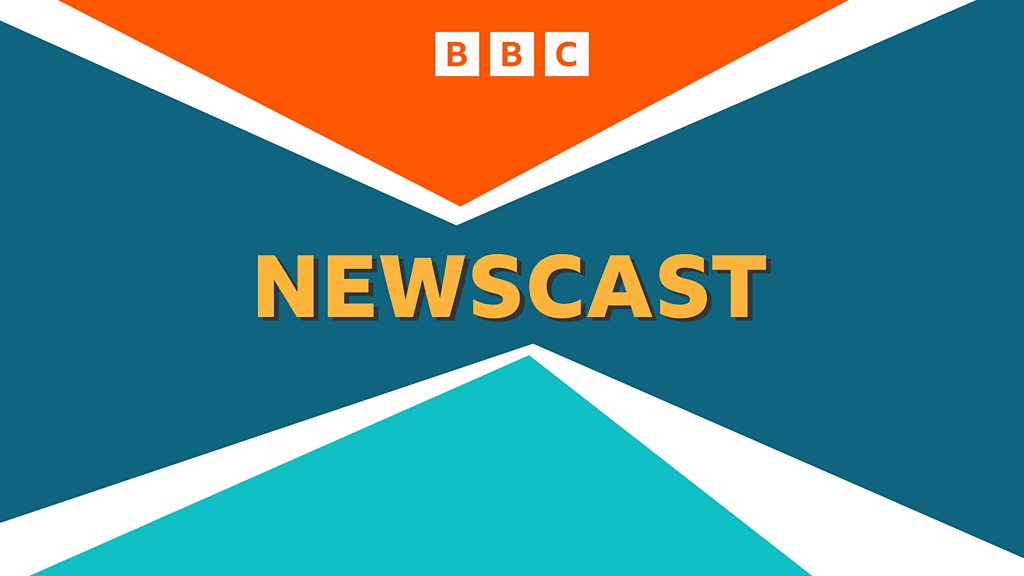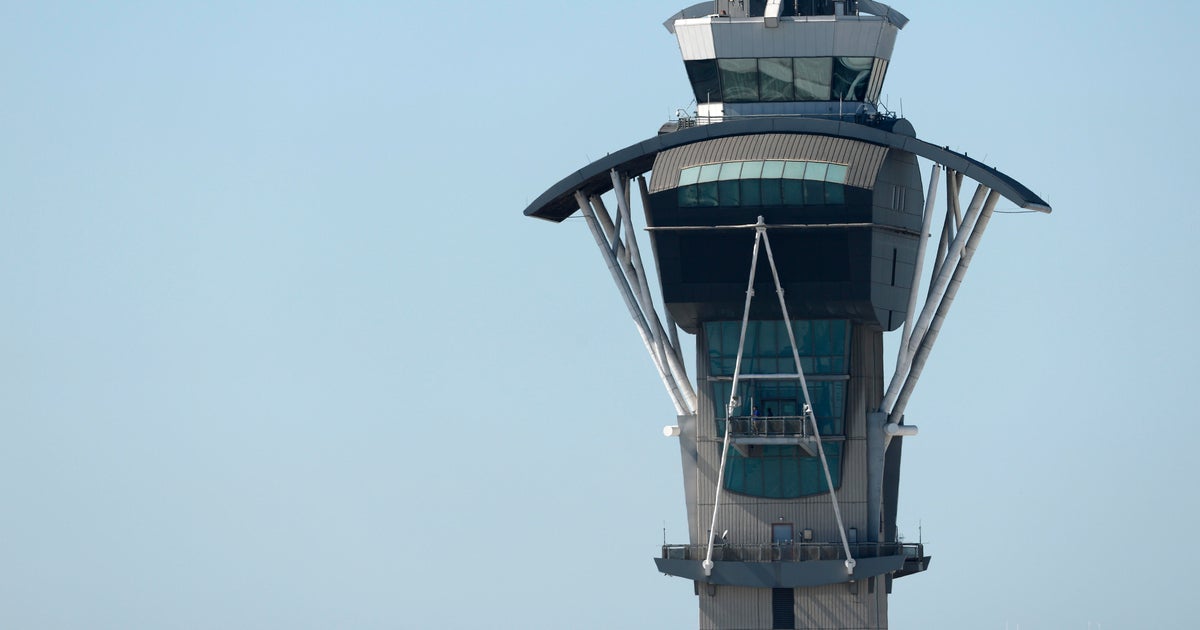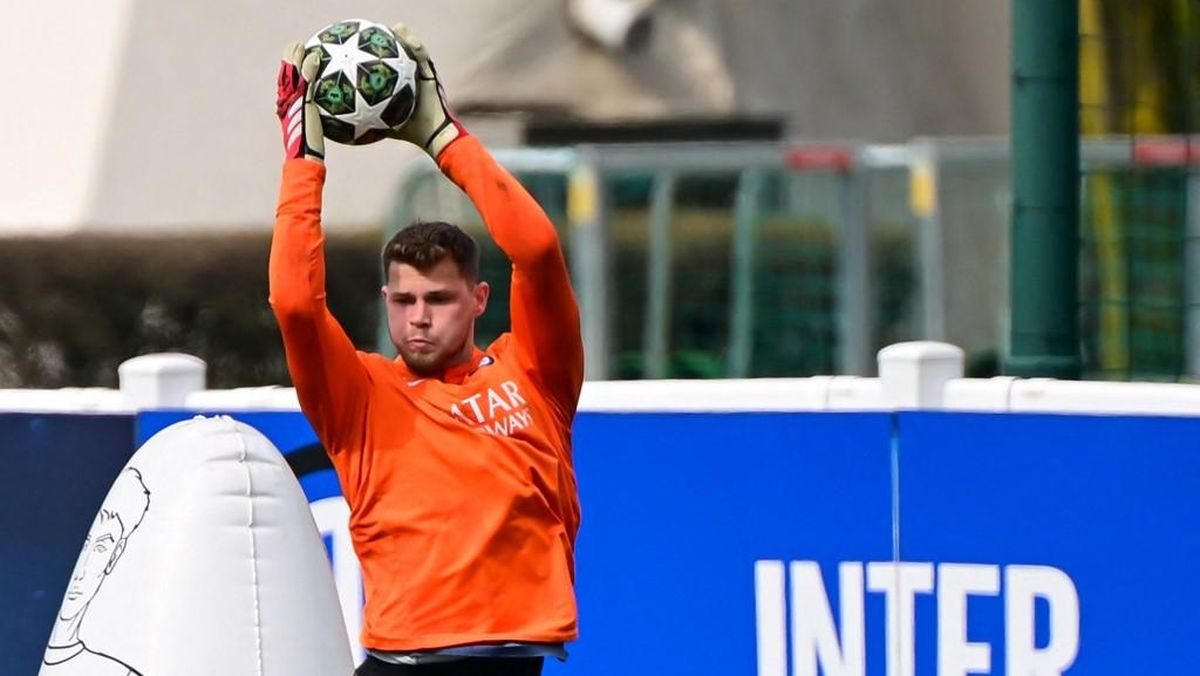Interest-only lending for Australian home loans has hit a five-year high, leading to concerns of a crackdown from financial regulators worried about the risk of so much debt affecting the stability of the economy.
And if new limits were to be slapped on the number of interest-only mortgages permitted – predominantly taken out by investors – that could lead to a drop in demand for homes and, in turn, put downward pressure on property prices.

Interest-only lending is at a five-year high as property prices rise.Credit: Luis Enrique Ascui
“Not many people have picked up on this data yet,” said Eliza Owen, head of research at Cotality Australia, which uncovered the rise.
“But one of the reasons for the increase is that 71 per cent of these interest-only loans are going to investors who accounted for 37.7 per cent of new mortgages in the June quarter across the country.
“Five years ago, that figure was just 25.4 per cent, but the numbers have been steadily creeping up, which has now come to the attention of the Council of Financial Regulators. They’ve flagged that they’re monitoring this activity and the rise in so much potentially risky lending.”
Latest research from the Australian Prudential Regulation Authority shows that the percentage of housing loans now on interest-only terms has hit 20.4 per cent, a high not seen since June 2019.
Interest-only (IO) loans require interest to be paid off for typically the first five to 10 years of the loan, with scheduled principal repayments beginning only at that point. The alternative, principal-and-interest (P&I) loans, mean the balance must be paid down over the entire term of the loan.
IO loans hit an absolute peak in 2015 of about 45.6 per cent, although the figures then were calculated differently, making them not directly comparable. That jump led to APRA announcing tough new measures in 2017 to limit new IO lending to 30 per cent of the total and to make borrowing terms stricter.
Investors prefer IO loans as, with negative gearing, they can deduct interest costs from taxable income, but not principal costs. Owner occupiers, and particularly first home buyers, usually choose P&I loans, or find borrowing too difficult for IO loans with a typically higher interest rate.
“But with so much investor activity in the market, and as a result so many IO loans, that could potentially trigger action from the financial regulators,” said Owen.
Loading
“When you alter access to housing finance, you alter housing itself, and we could well see investors leaving the market as a result, and property prices could go down.”
The figures come as Sydney house prices last week hit a new peak and Melbourne’s median house price rose to within $10,000 of its record high, supported by lower interest rates that help buyers to borrow more money.
AMP chief economist Dr Shane Oliver also sees this build-up in the number of investors and IO loans, bringing back memories of the 2017 macro-prudential control measures.
“Now that lending standards have been relaxed, we’ve seen a huge surge in investor and IO loans for the negative gearing benefits,” he said. “But it does mean that people are getting into more debt and they’re not servicing that debt.
“In 2017, that was seen as a sign of excessive risk-taking and of threatening, potentially, financial stability and increasing volatility. We know the RBA [Reserve Bank of Australia], with APRA, are now looking at how IO loans are taking off again and while it may not be excessive yet, it could increase and be concerning.”
Today, the increased interest rate for IO loans is only about 0.2 percentage points higher than P&I loans too – compared to 1.6 to 1.8 percentage points higher in 2017 and 2018 – which is also making them even more attractive to borrowers, says mortgage broker Rebecca Jarrett-Dalton of Two Red Shoes.
“Together with the rise in investors, the growth in the number of IO loans isn’t a surprise,” she said. “We’re also seeing a lot of parents investing in properties planning to sell them to their kids later.
Loading
“But for first home buyers, it’s a lot more difficult to qualify for those loans and it becomes a lot more expensive as you have to pay the loan off at the end of the interest-only period and the payments will be much higher, so it doesn’t make much sense.”
Most Viewed in Property
Loading


















































